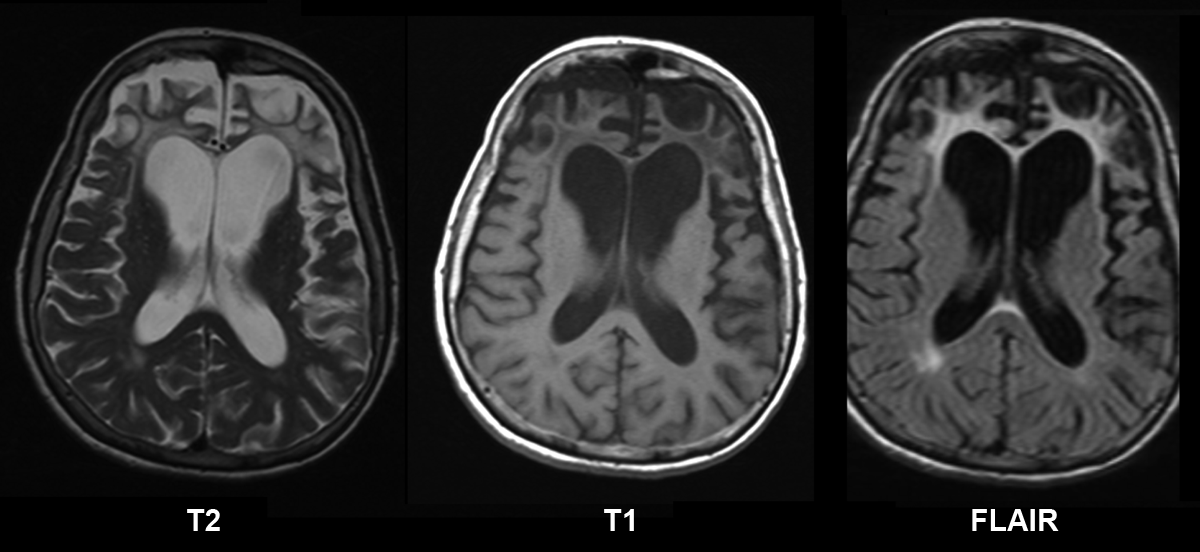Frontotemporal Dementia

Frontotemporal dementias (FTDs) are a group of neurodegenerative disorders associated with shrinking of the frontal and temporal anterior lobes of the brain. Symptoms include marked changes in social behavior and personality, and/or problems with language. People with behavior changes may have disinhibition (with socially inappropriate behavior), apathy and loss of empathy, hyperorality (eating excessive amounts of food or attempting to consume inedible things), agitation, compulsive behavior, and various other changes. Examples of problems with language include difficulty speaking or understanding speech. Some people with FTD also develop a motor syndrome such as parkinsonism or motor neuron disease (which may be associated with various additional symptoms).
There is a strong genetic component to FTDs. It sometimes follows an autosomal dominant inheritance pattern, or sometimes there is a general family history of dementia or psychiatric disorders. The three main genes responsible for familial FTD are MAPT, GRN, and C9orf72. However, the genetic cause of familial FTD cannot always be identified.
While there are currently no treatments to slow or stop the progression of the disease, some of the symptoms can be managed. Treatment of symptoms may involve behavior modification, or medications for symptoms such as aggressiveness, agitation, or dangerous behaviors. Anti-depressants have been shown to improve some symptoms. Involving a team of specialists can help ensure that the challenges of the disease are properly addressed. Unfortunately, the outlook for people with FTD is poor, as the disease often progresses rapidly. However, the outlook does vary, with the disease course ranging from less than 2 years in some people, to more than 10 years in others.
Although the name and classification of FTD has been a topic of discussion for over a century, the current classification considers Pick’s disease, primary progressive aphasia, and semantic dementia as sub-types of FTD.
There is a strong genetic component to FTDs. It sometimes follows an autosomal dominant inheritance pattern, or sometimes there is a general family history of dementia or psychiatric disorders. The three main genes responsible for familial FTD are MAPT, GRN, and C9orf72. However, the genetic cause of familial FTD cannot always be identified.
While there are currently no treatments to slow or stop the progression of the disease, some of the symptoms can be managed. Treatment of symptoms may involve behavior modification, or medications for symptoms such as aggressiveness, agitation, or dangerous behaviors. Anti-depressants have been shown to improve some symptoms. Involving a team of specialists can help ensure that the challenges of the disease are properly addressed. Unfortunately, the outlook for people with FTD is poor, as the disease often progresses rapidly. However, the outlook does vary, with the disease course ranging from less than 2 years in some people, to more than 10 years in others.
Although the name and classification of FTD has been a topic of discussion for over a century, the current classification considers Pick’s disease, primary progressive aphasia, and semantic dementia as sub-types of FTD.